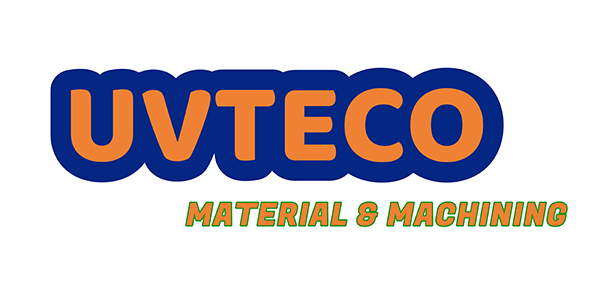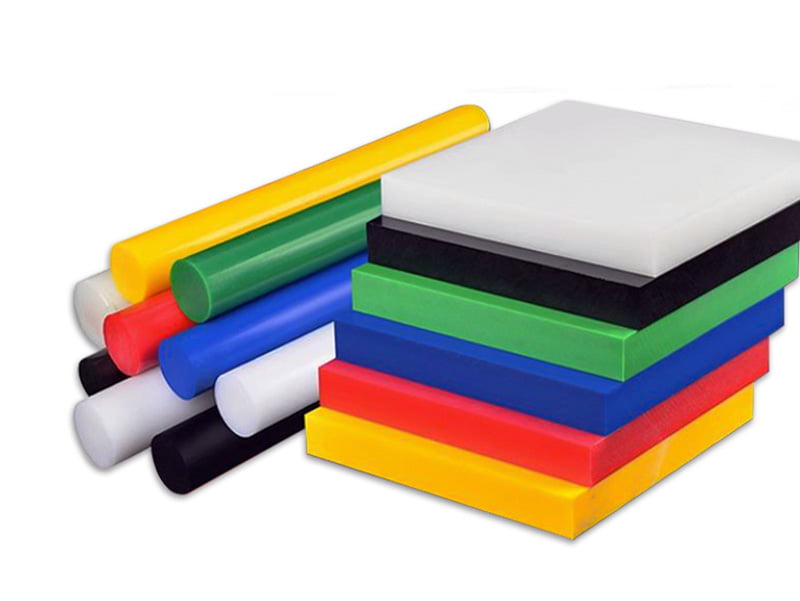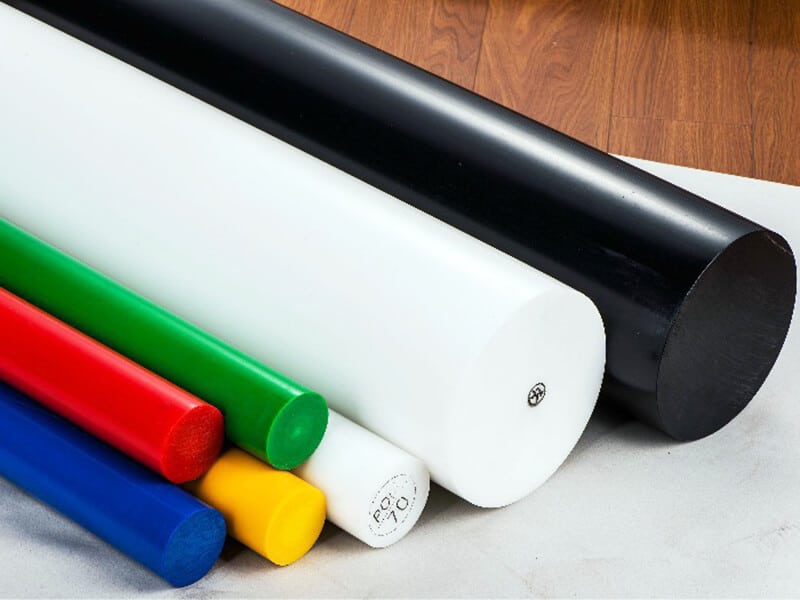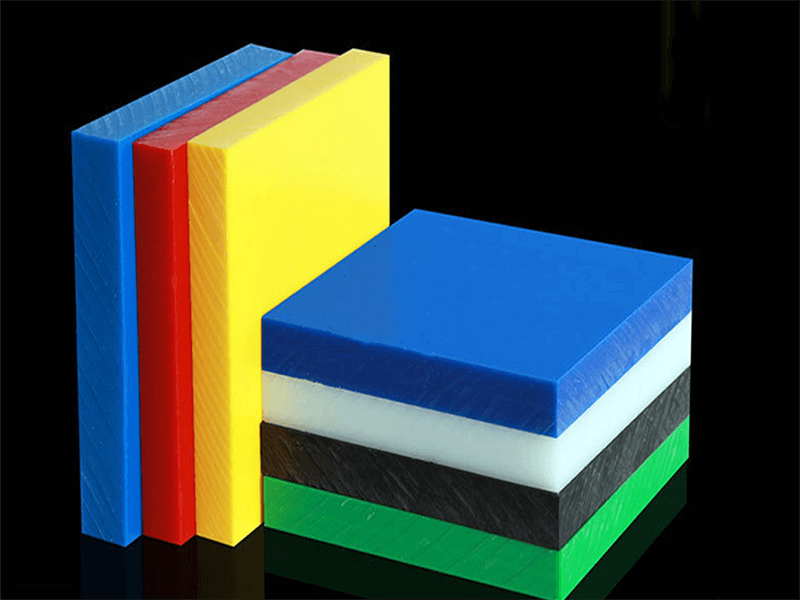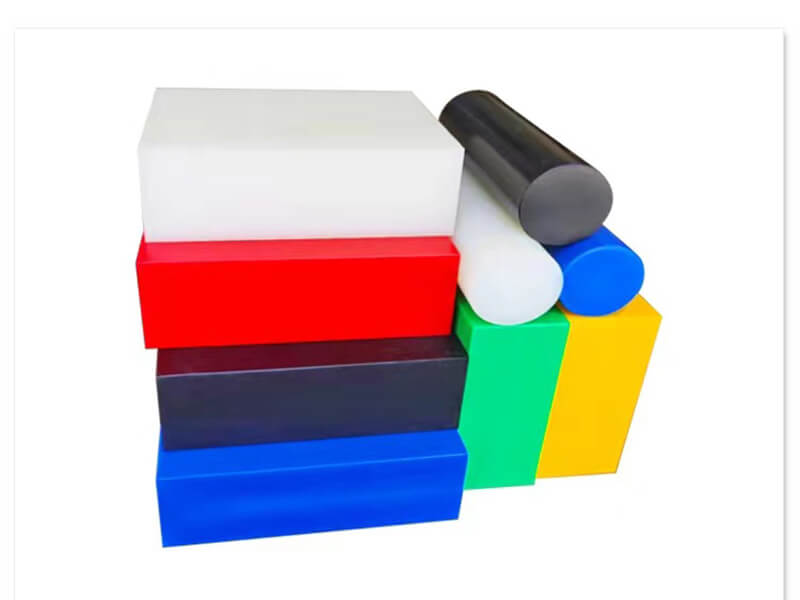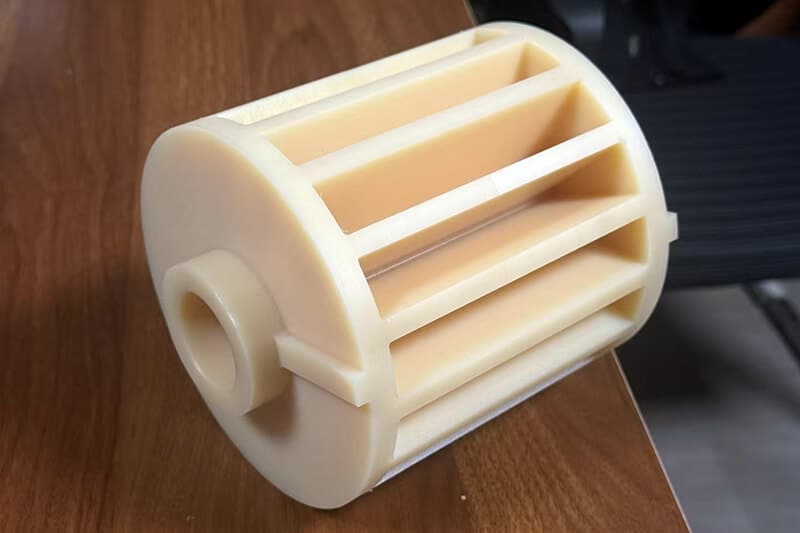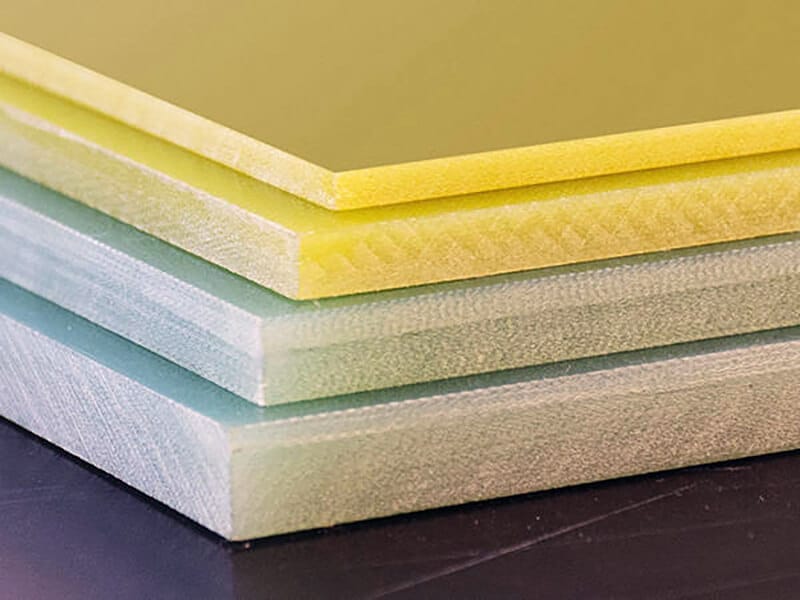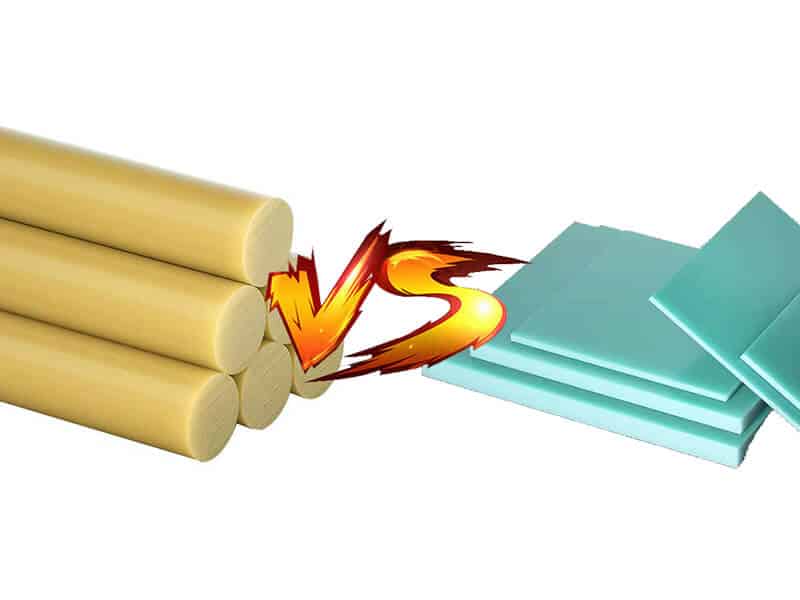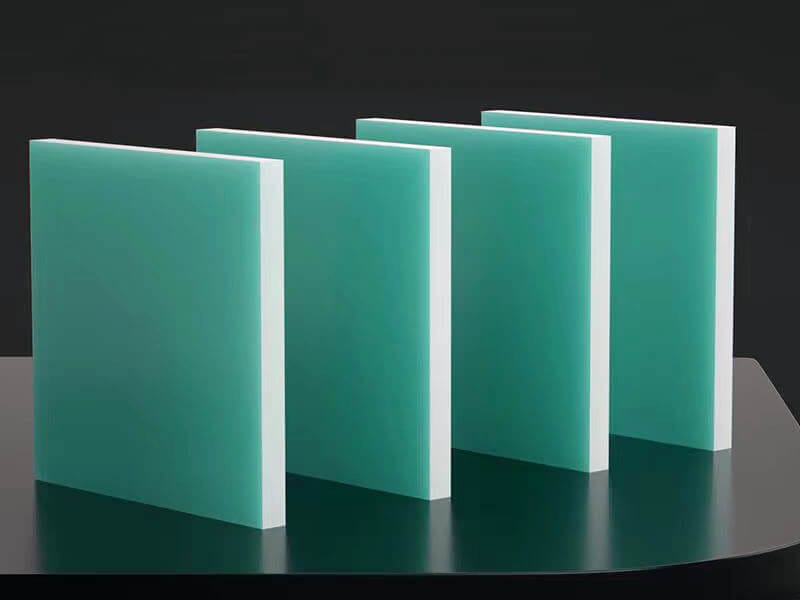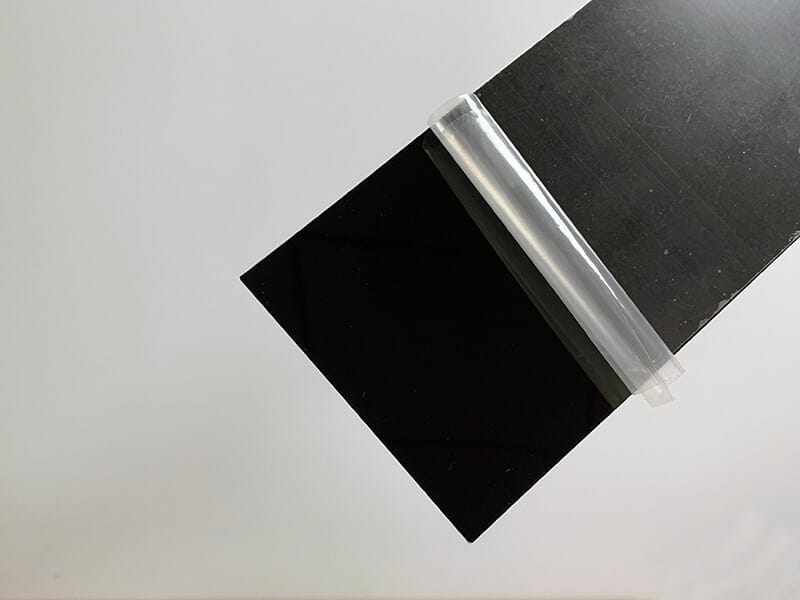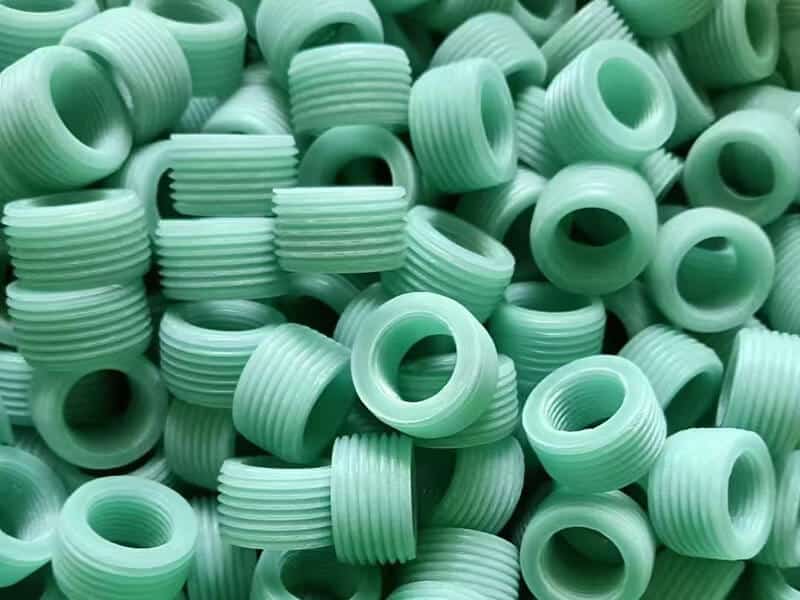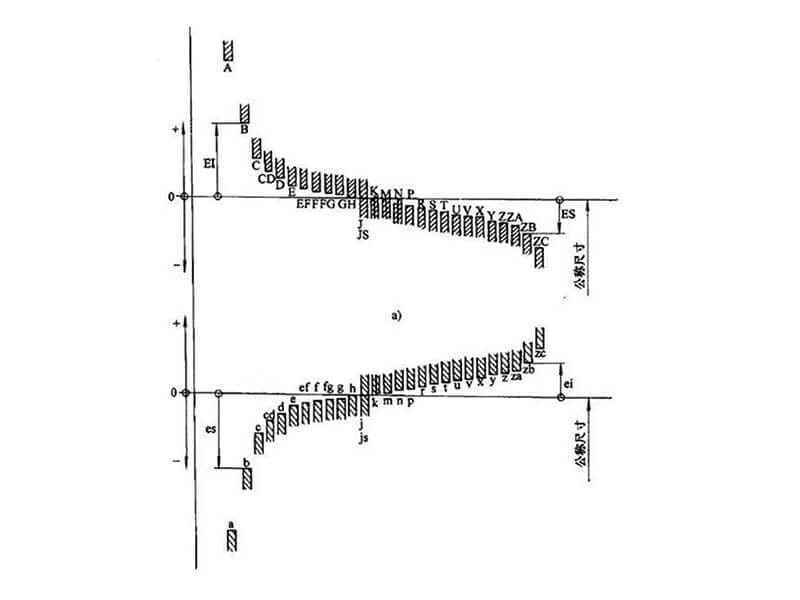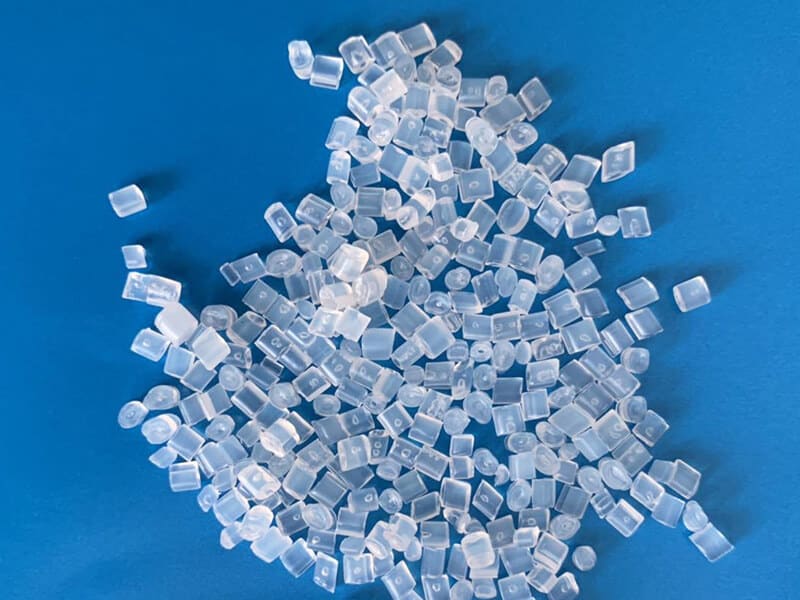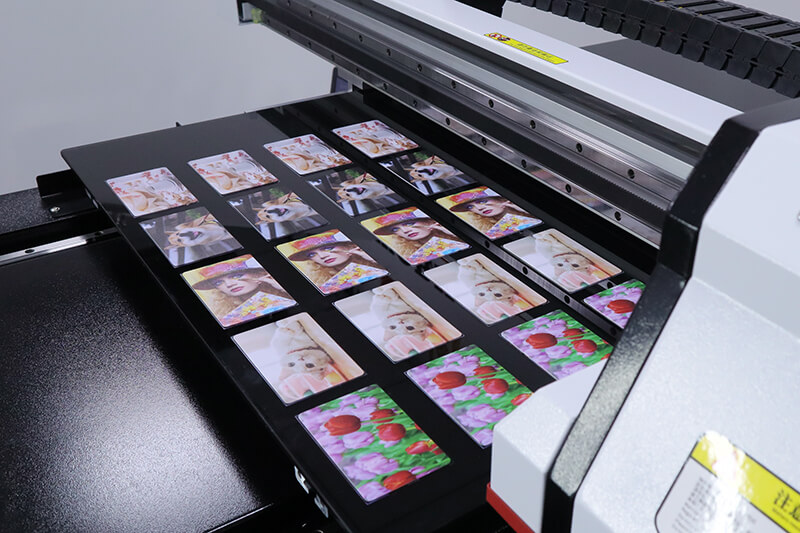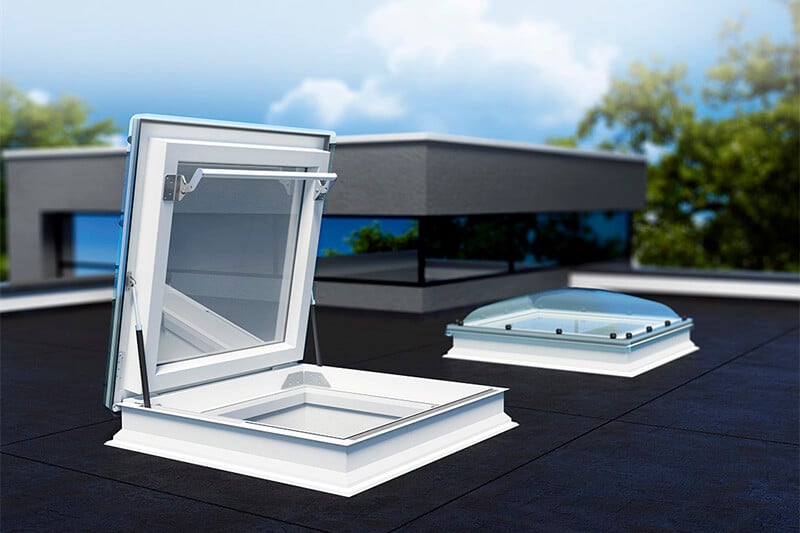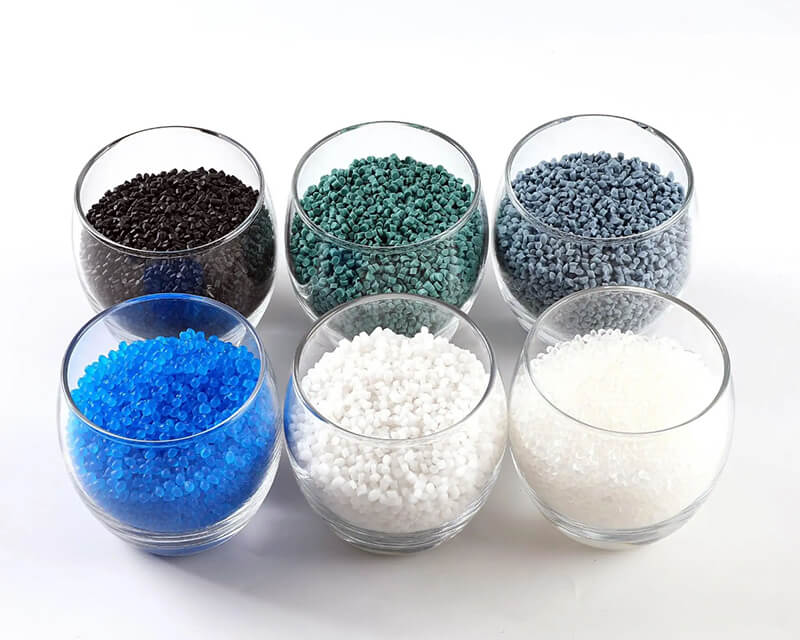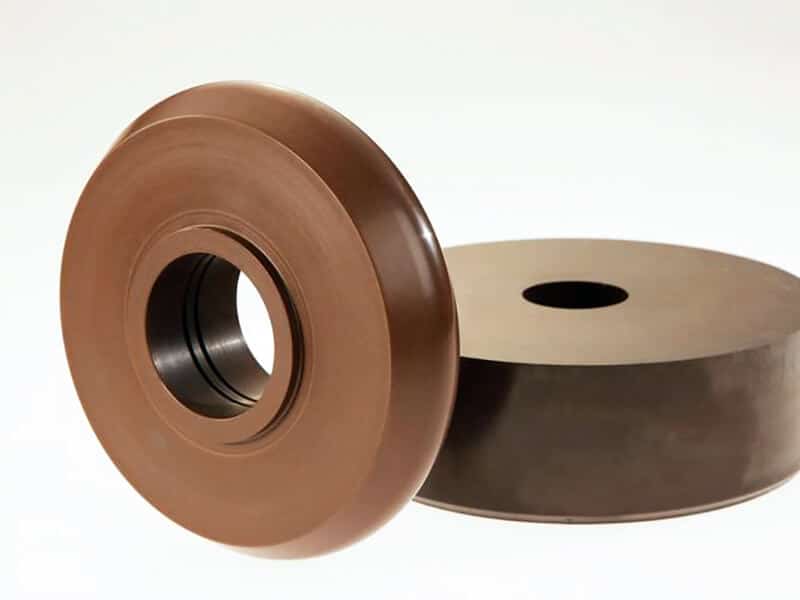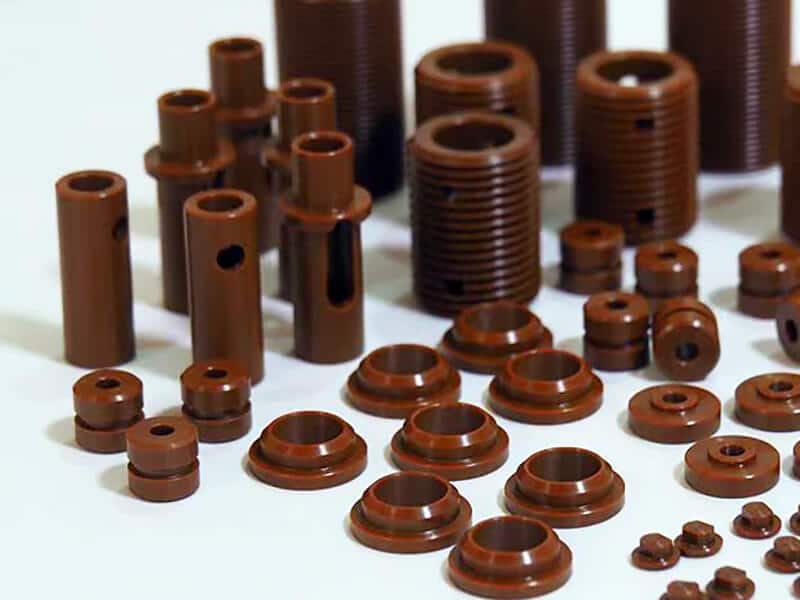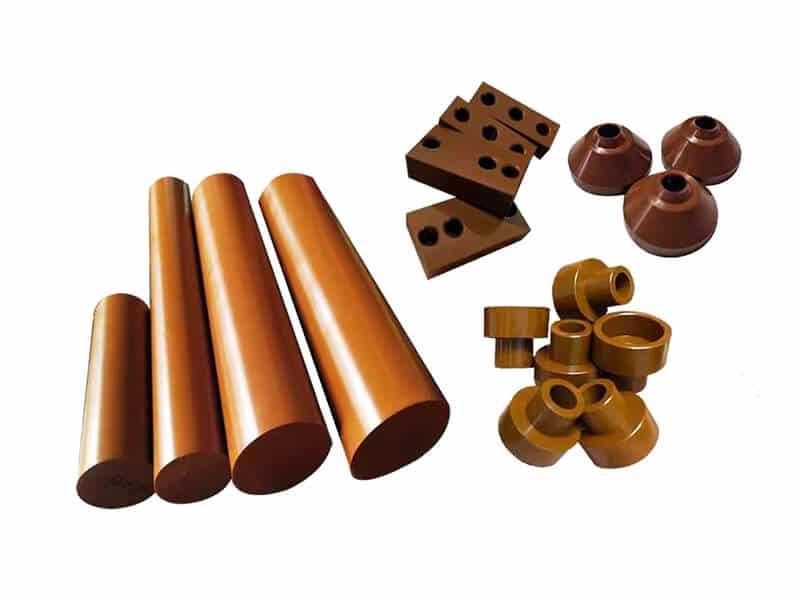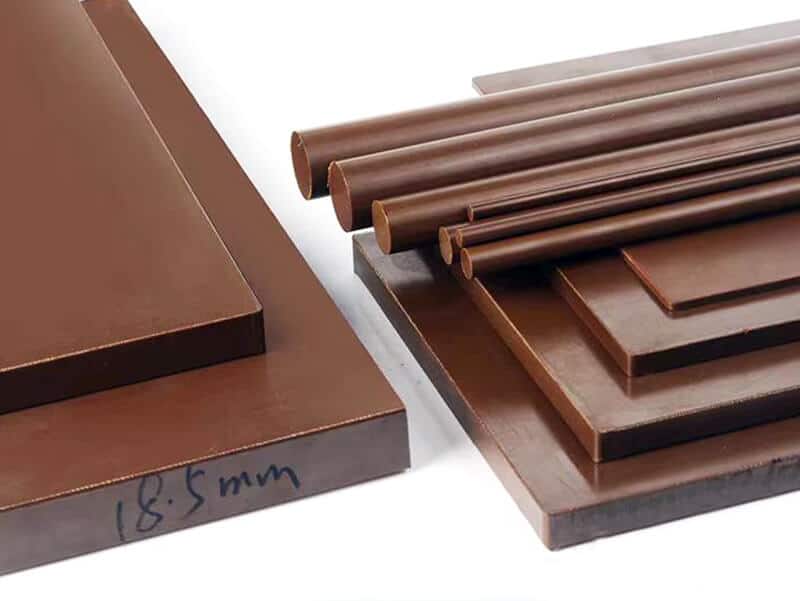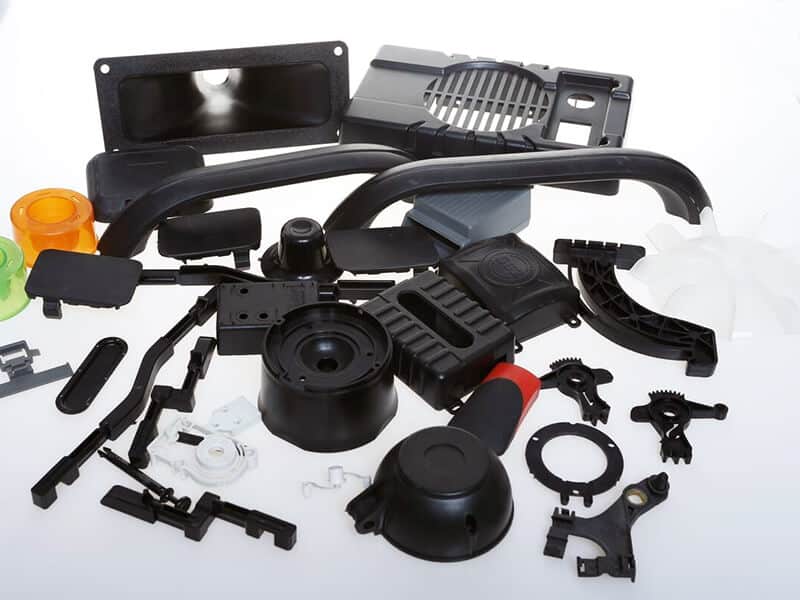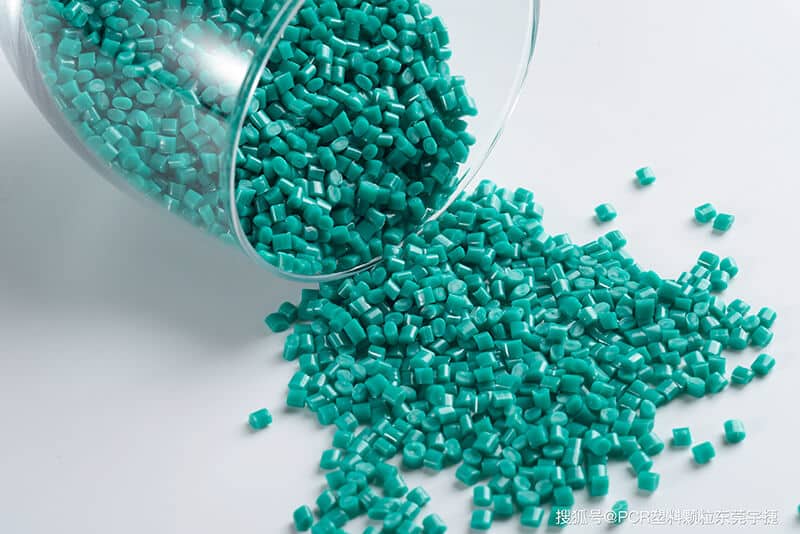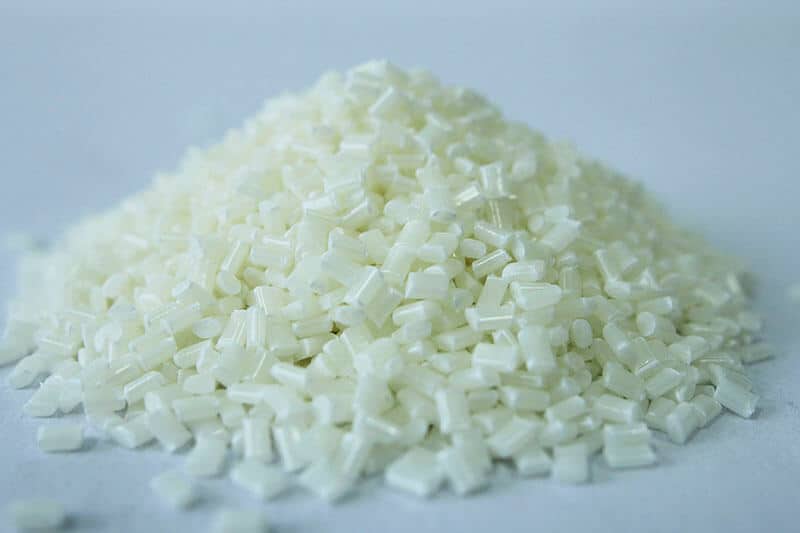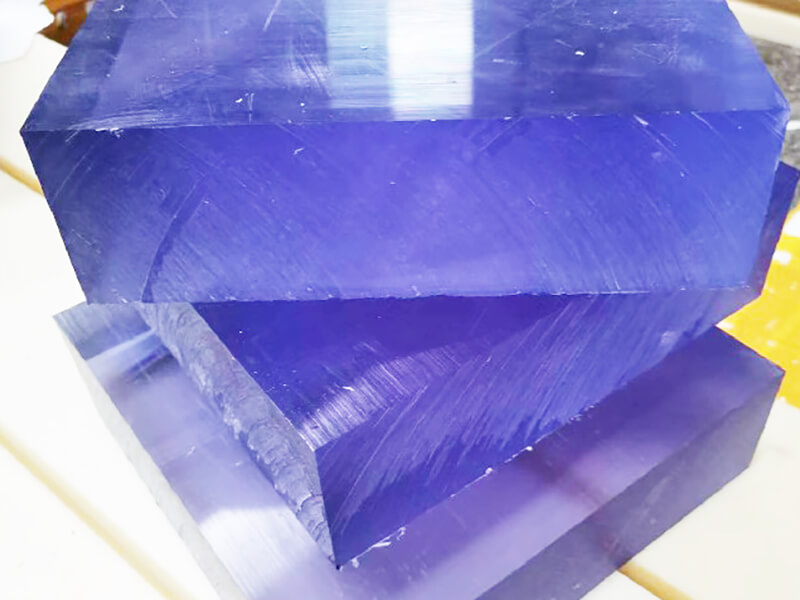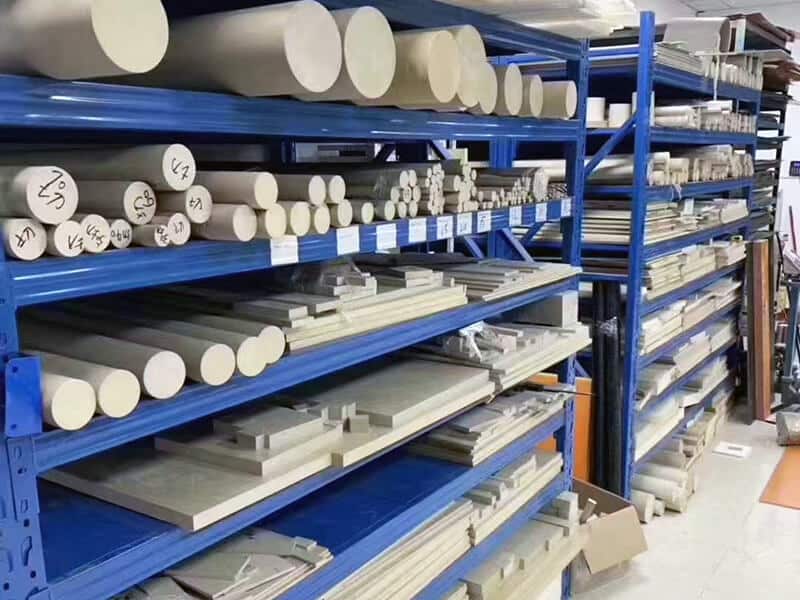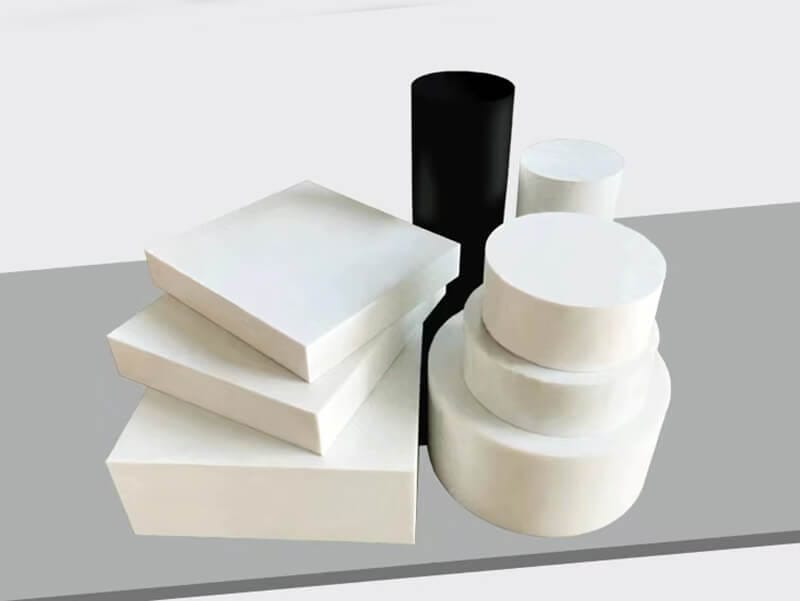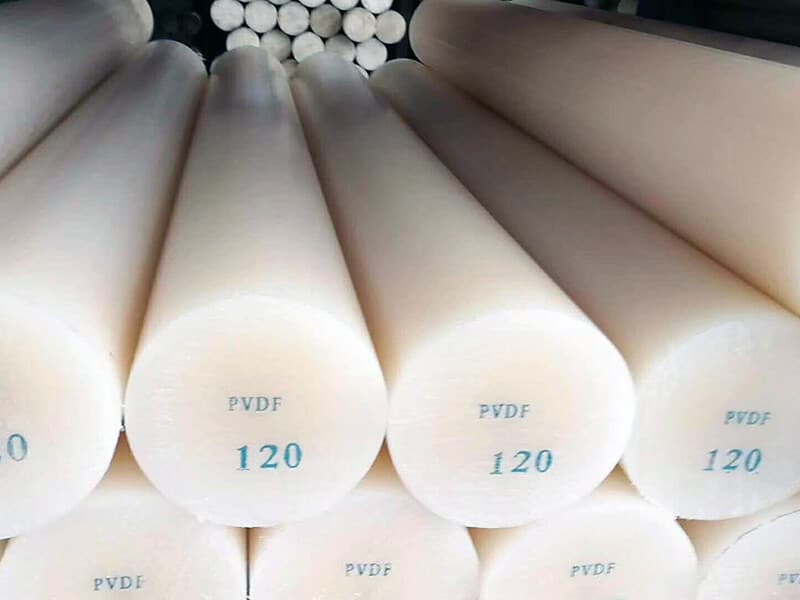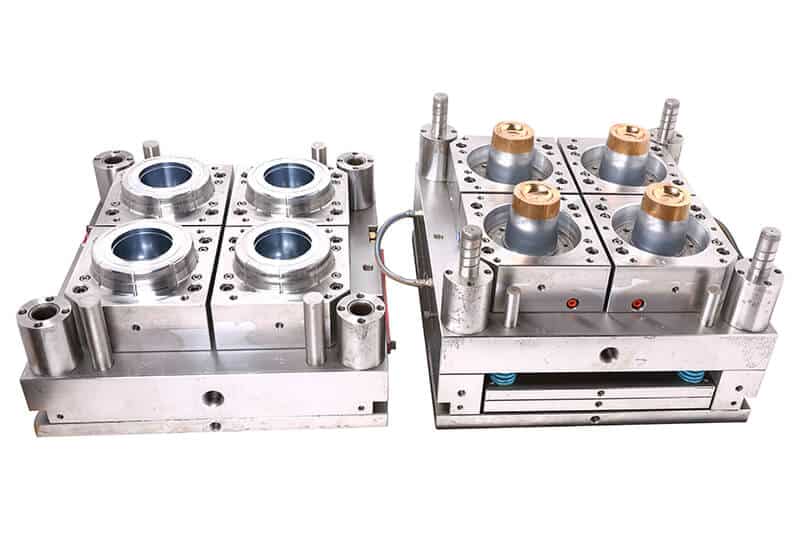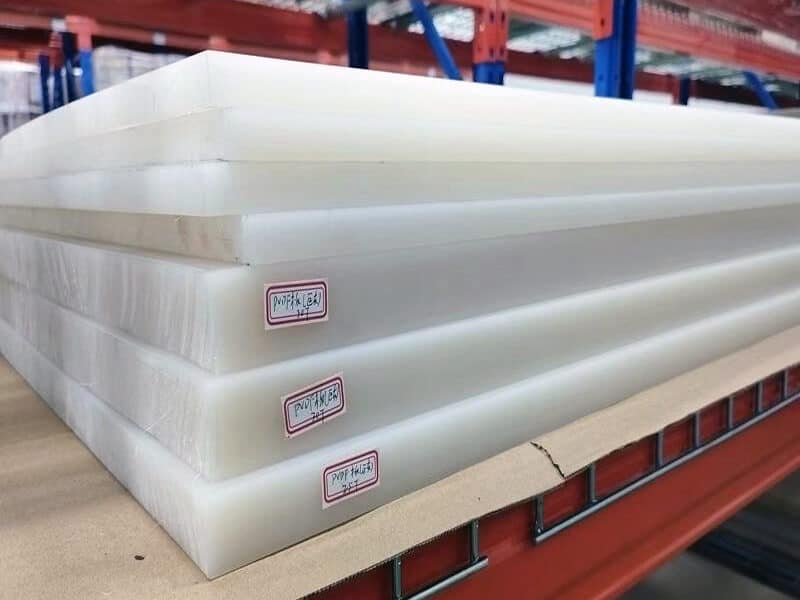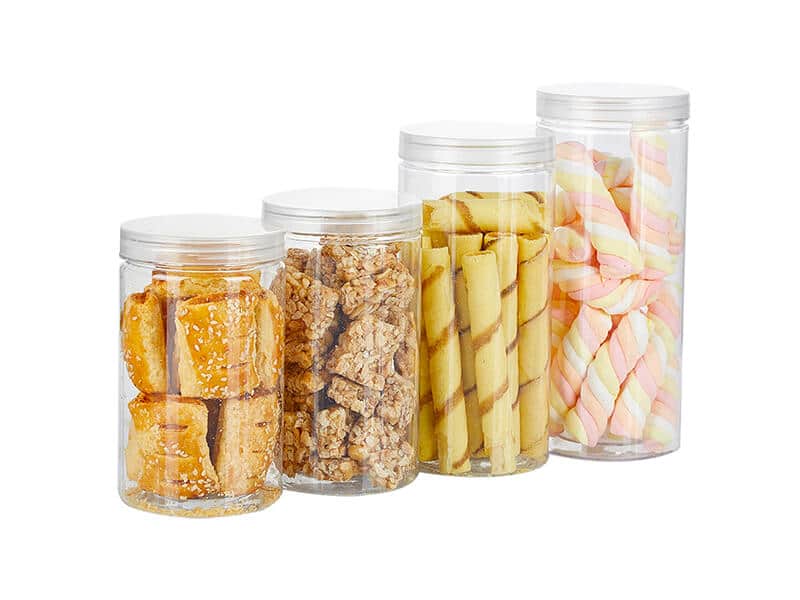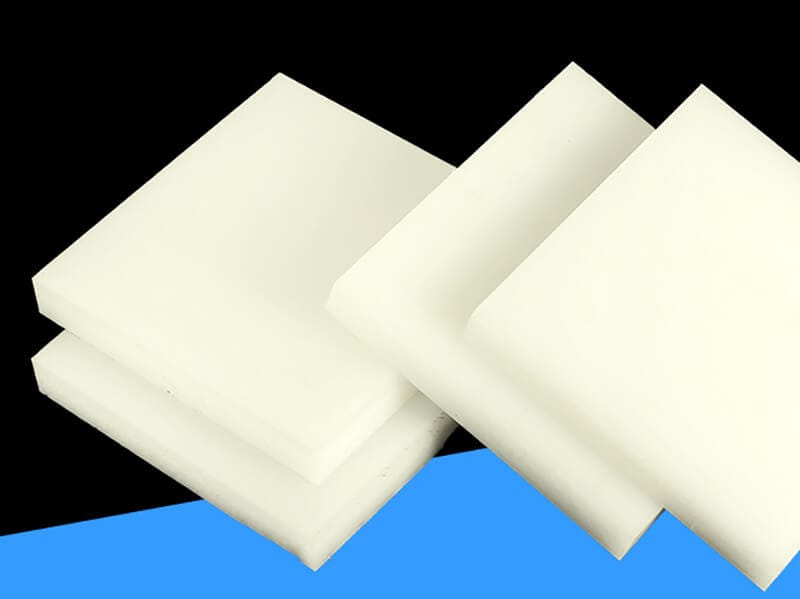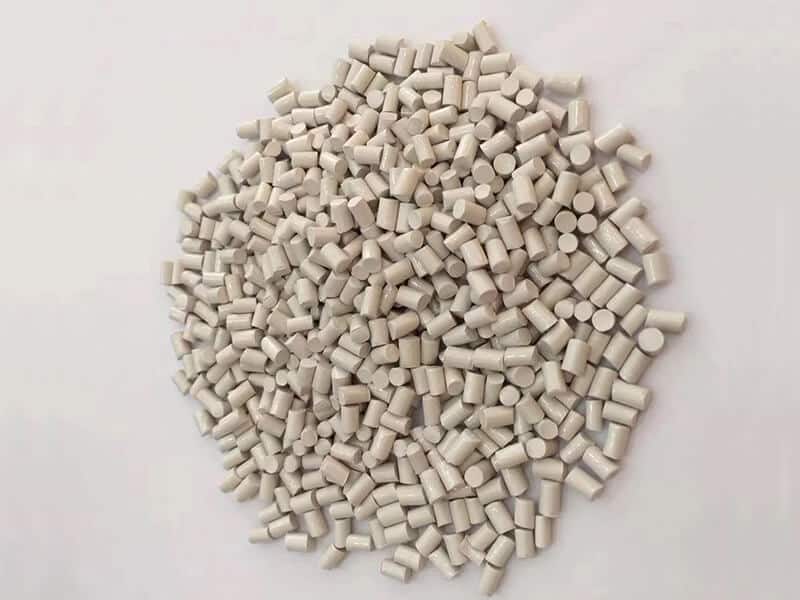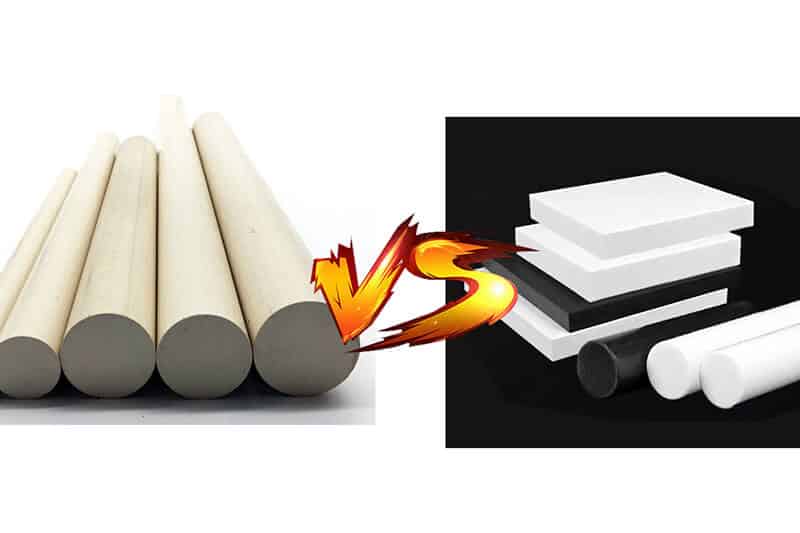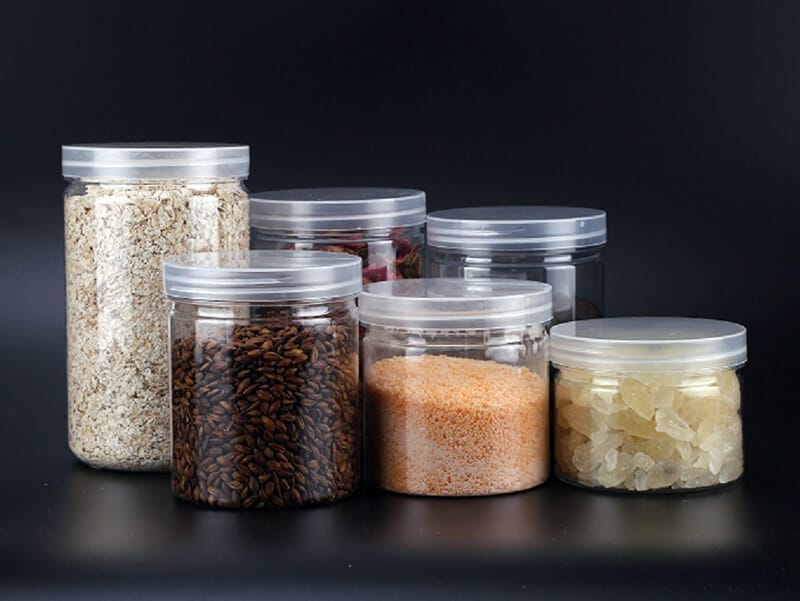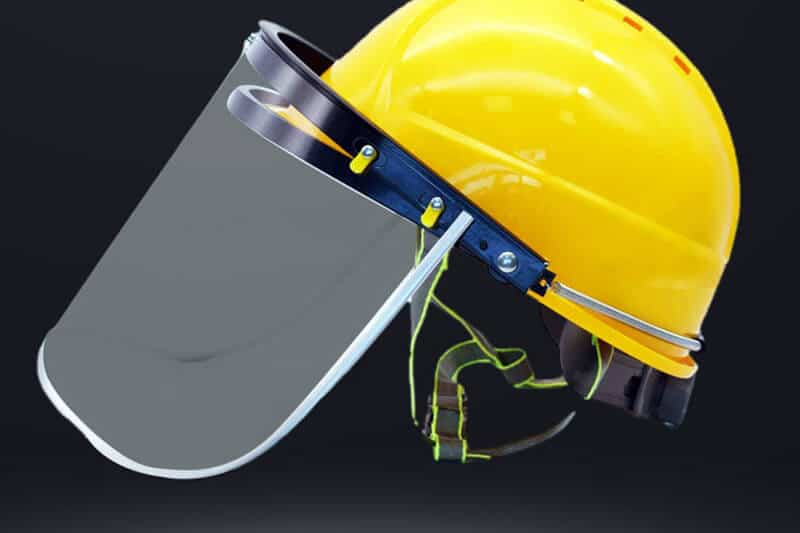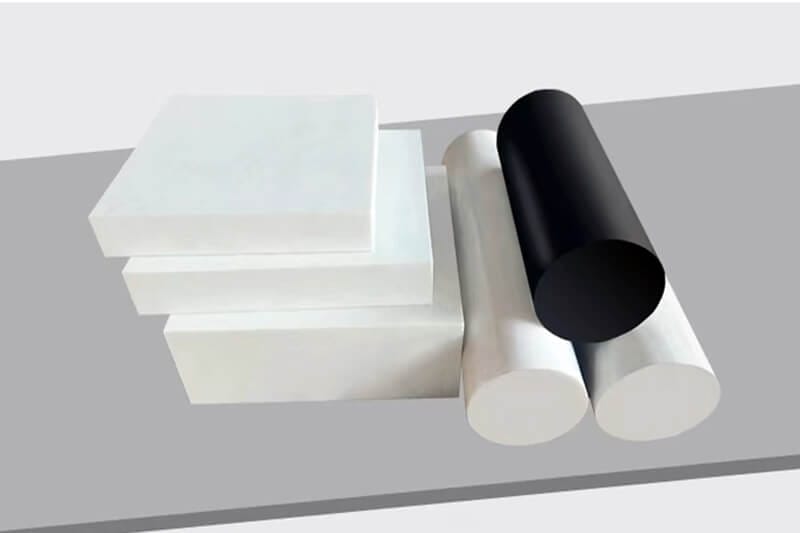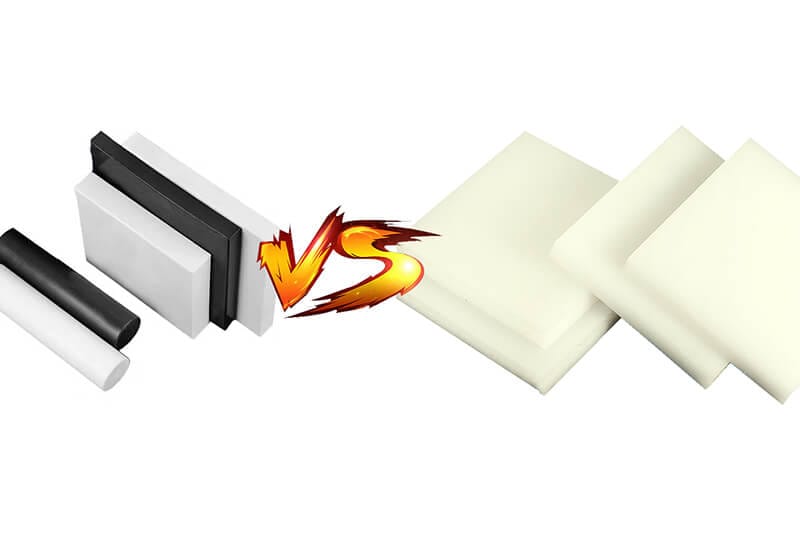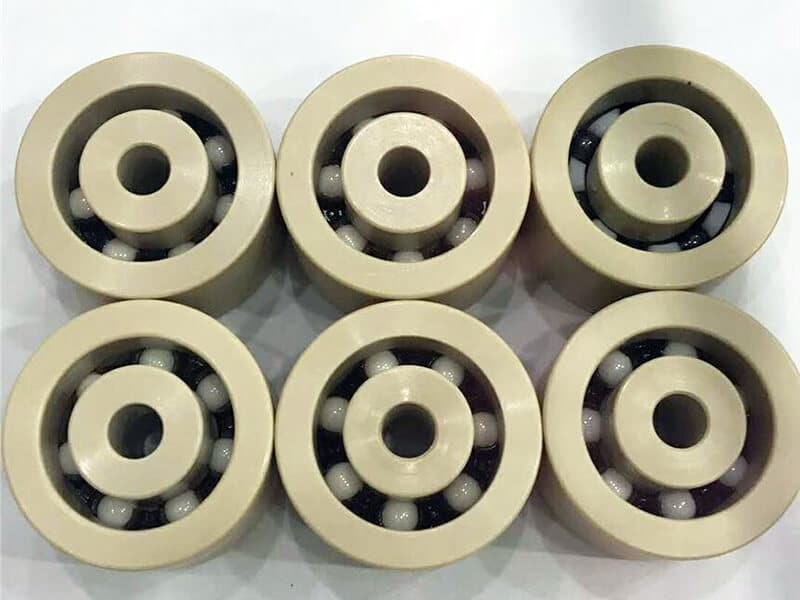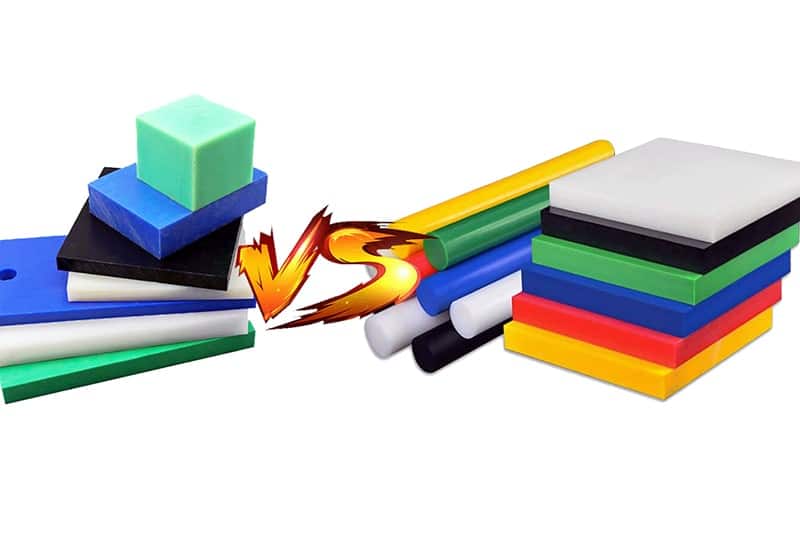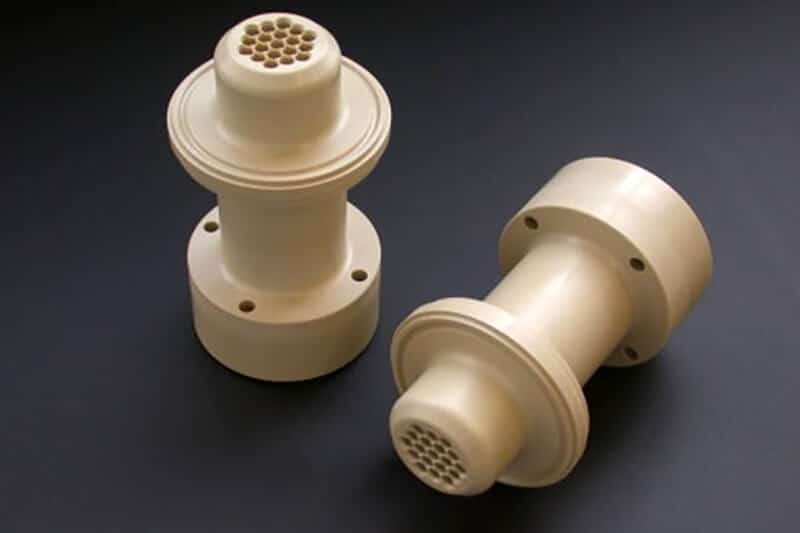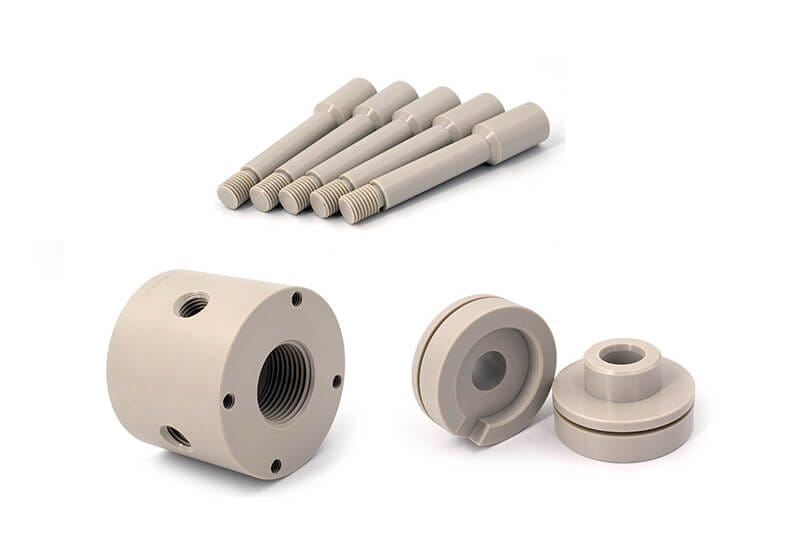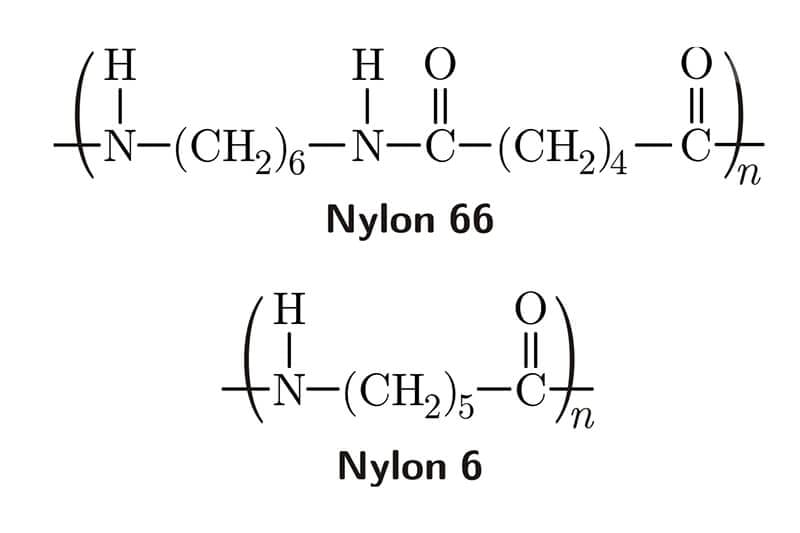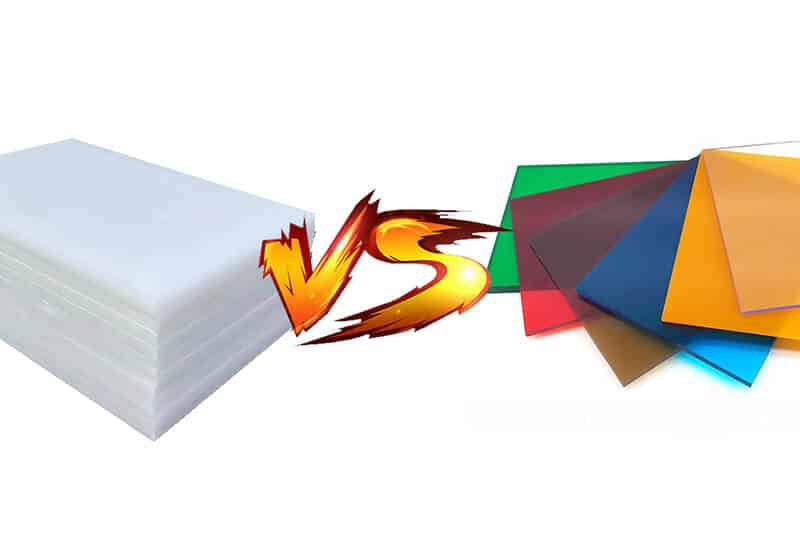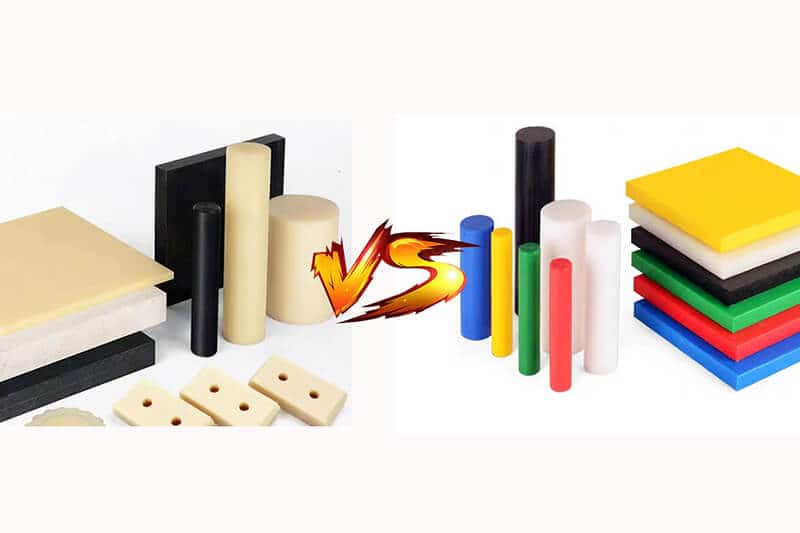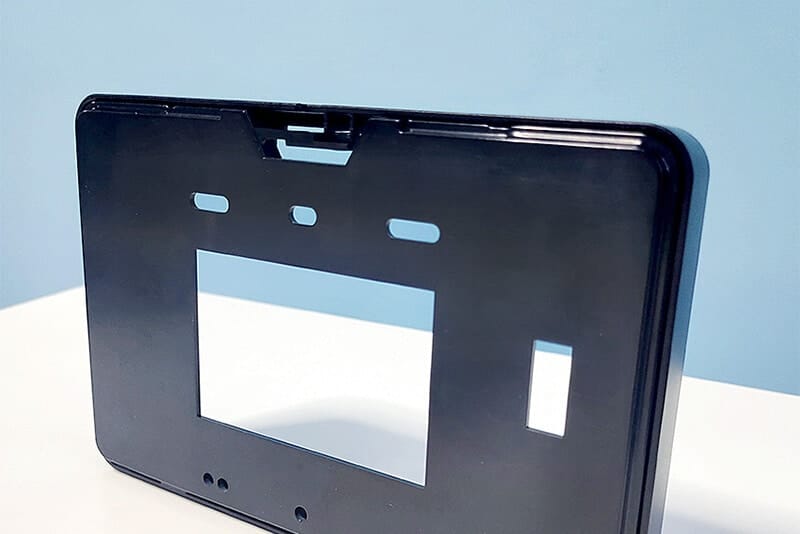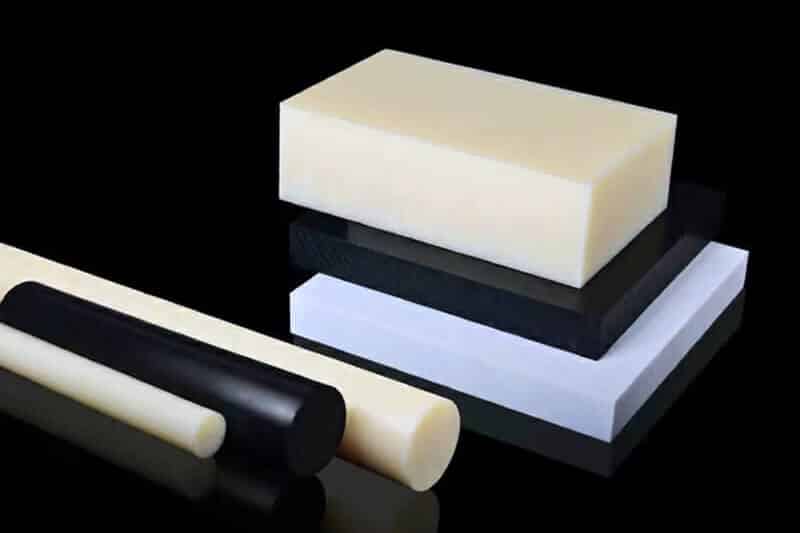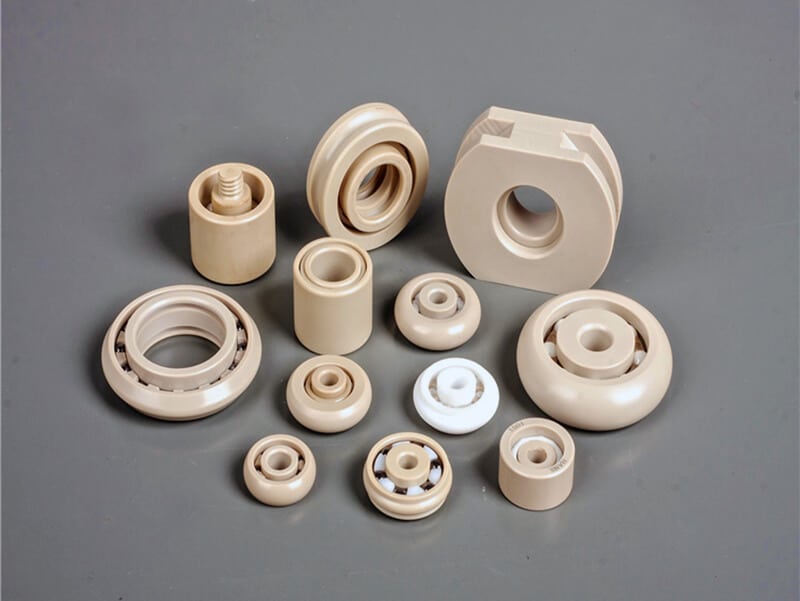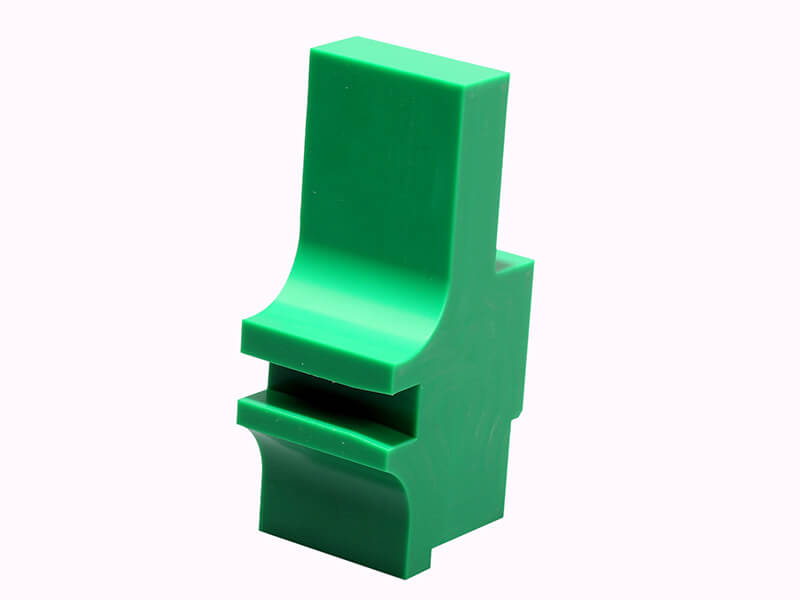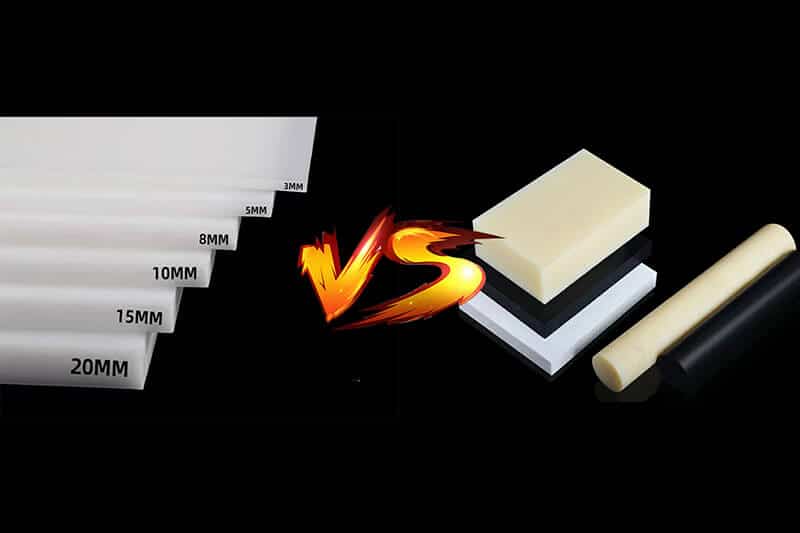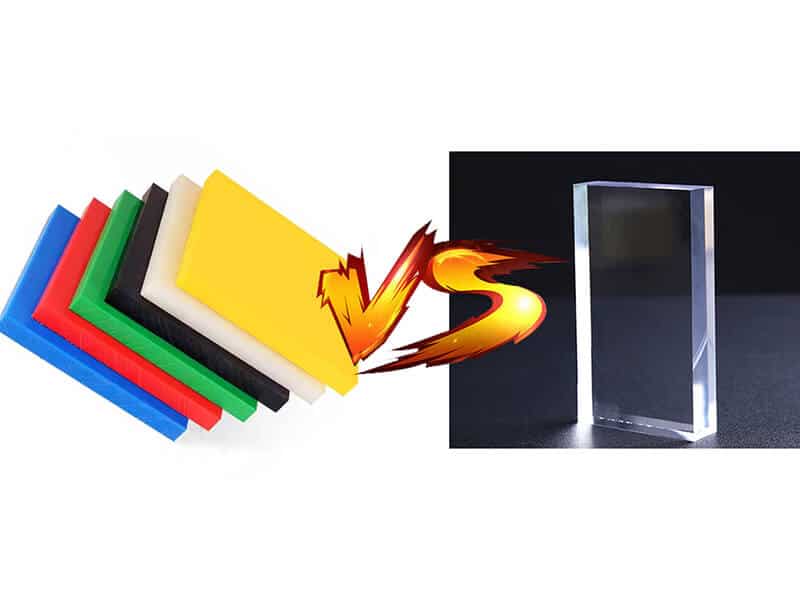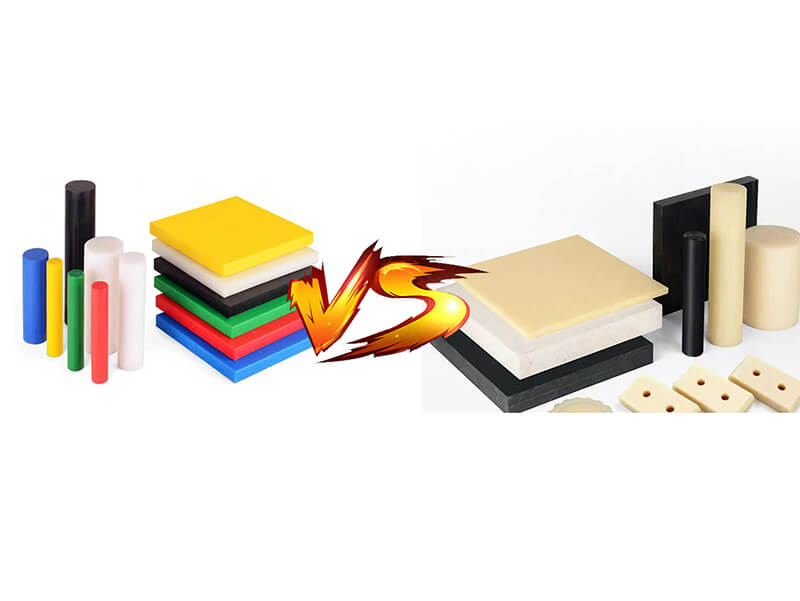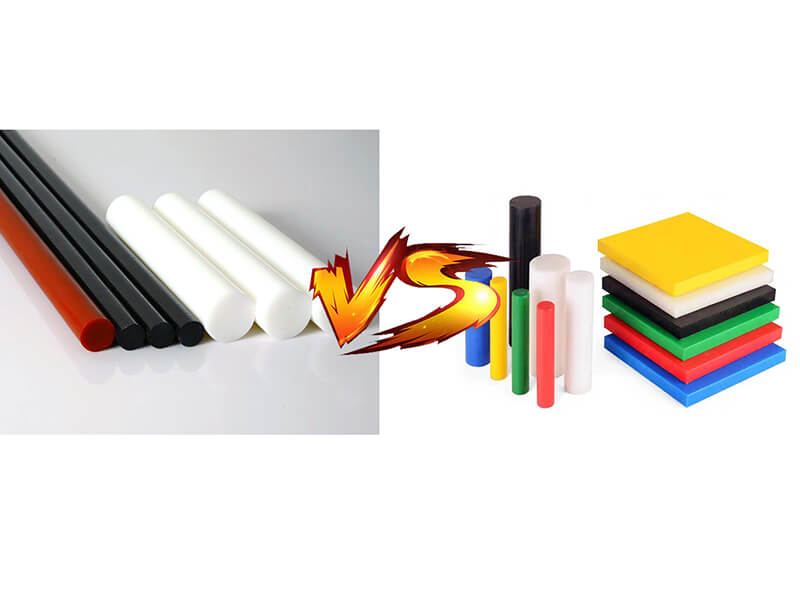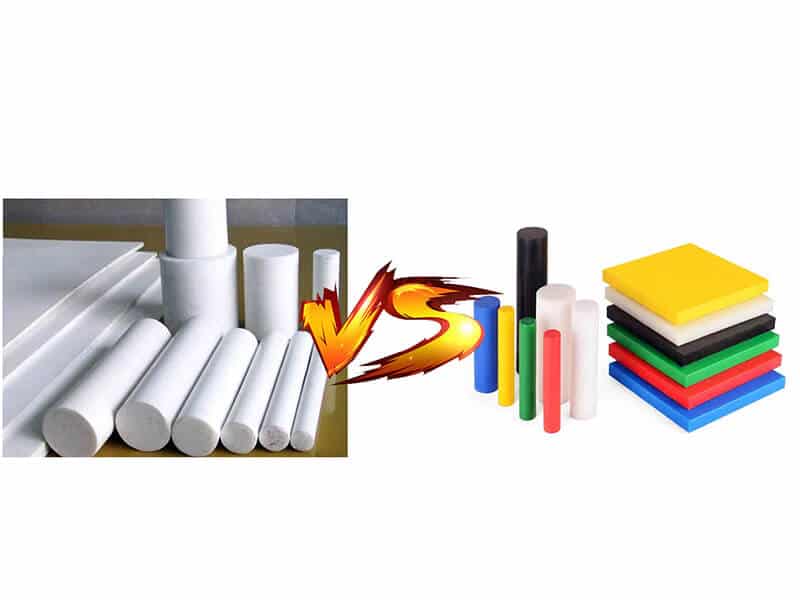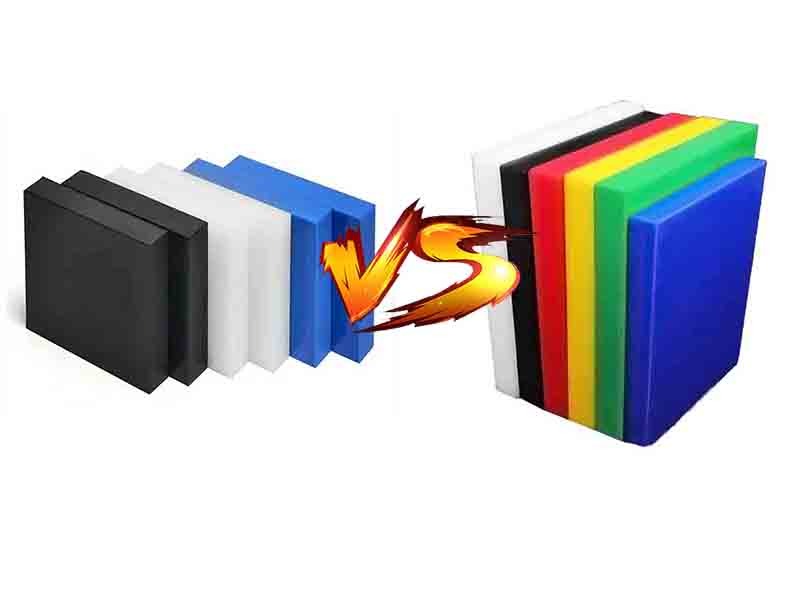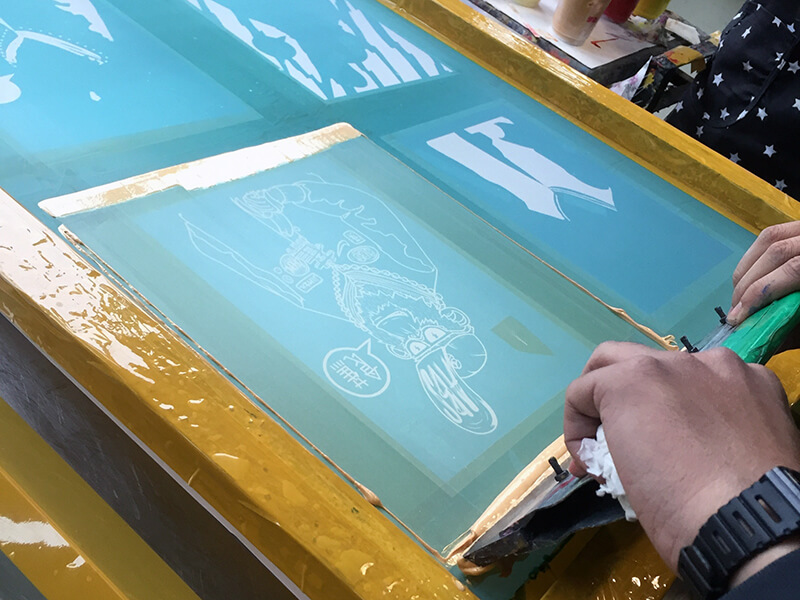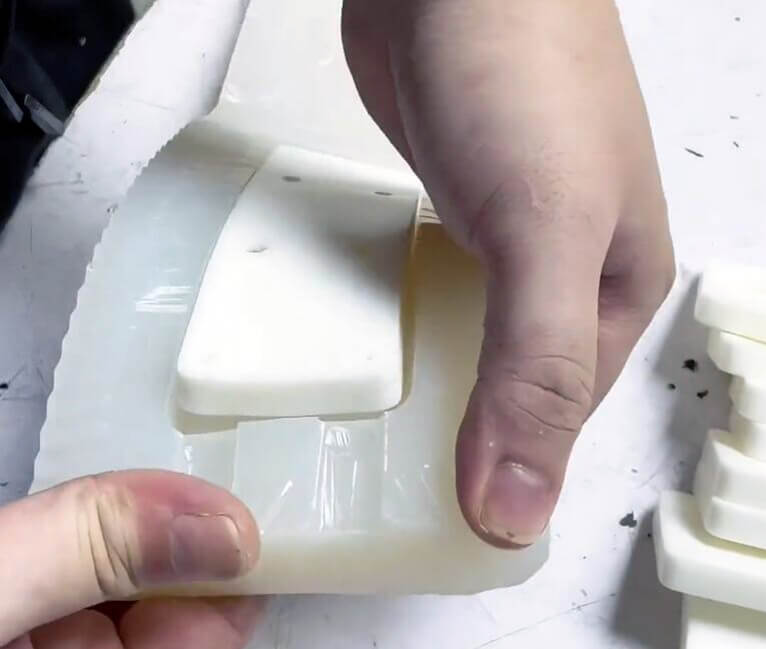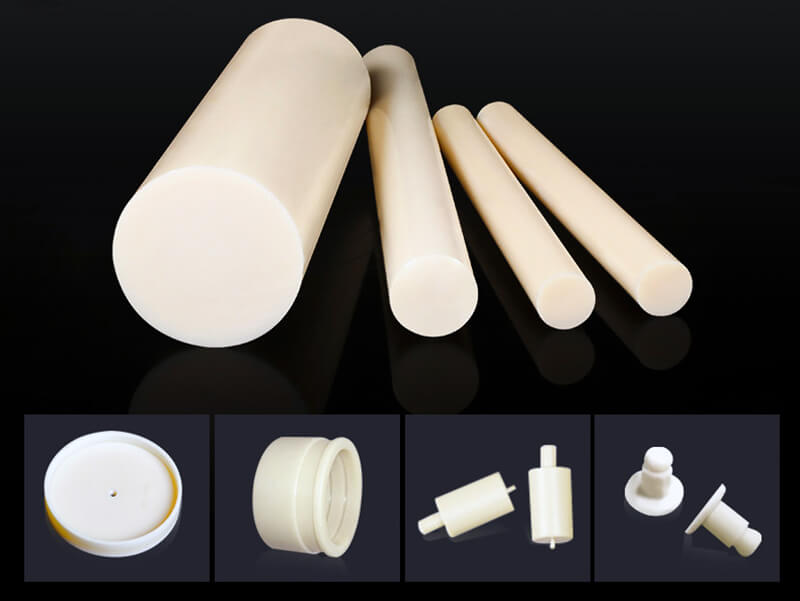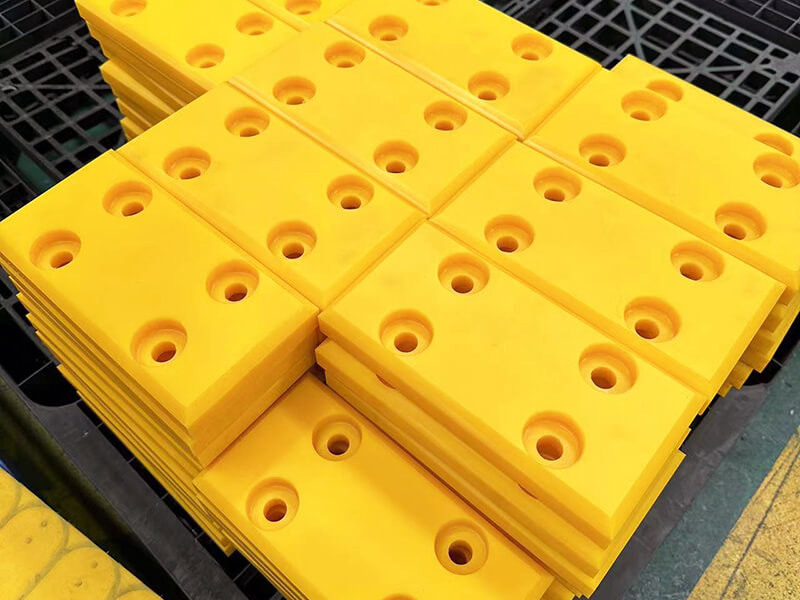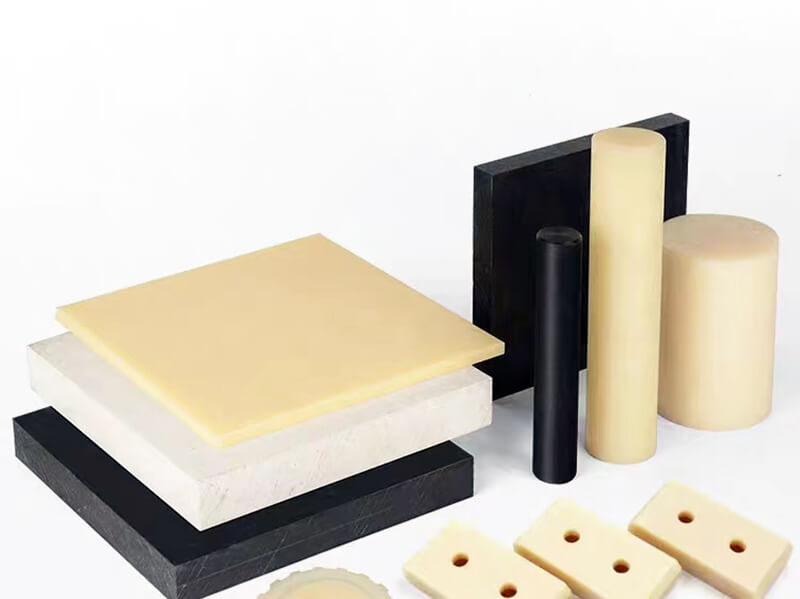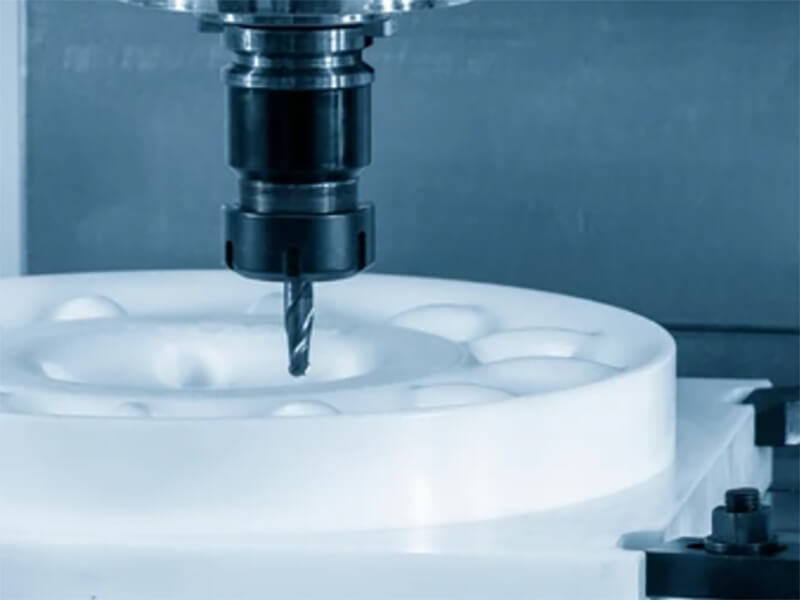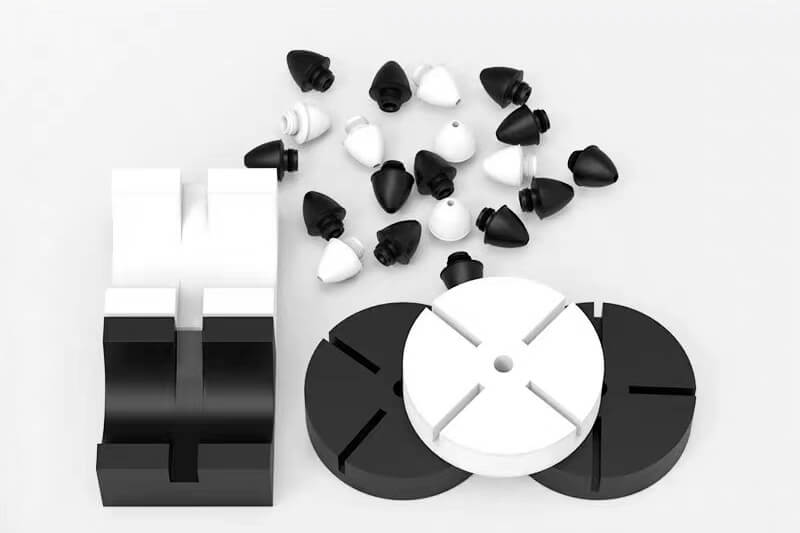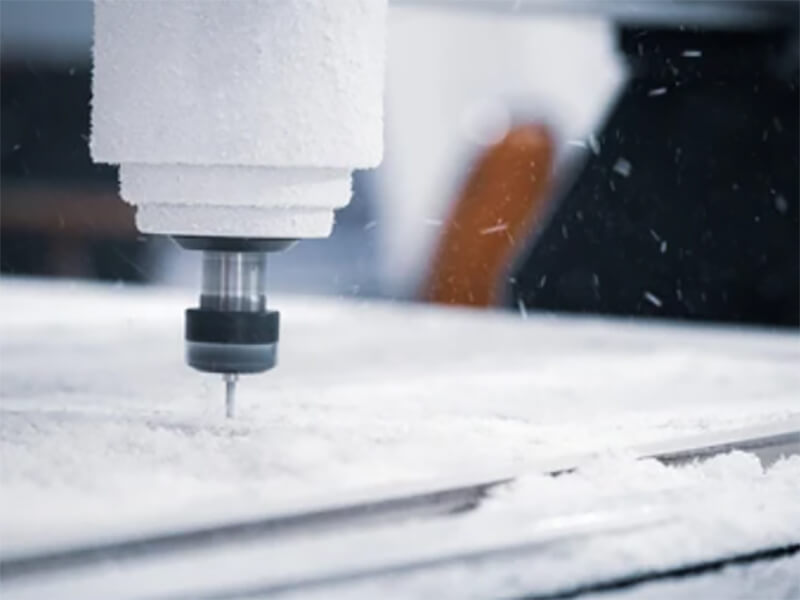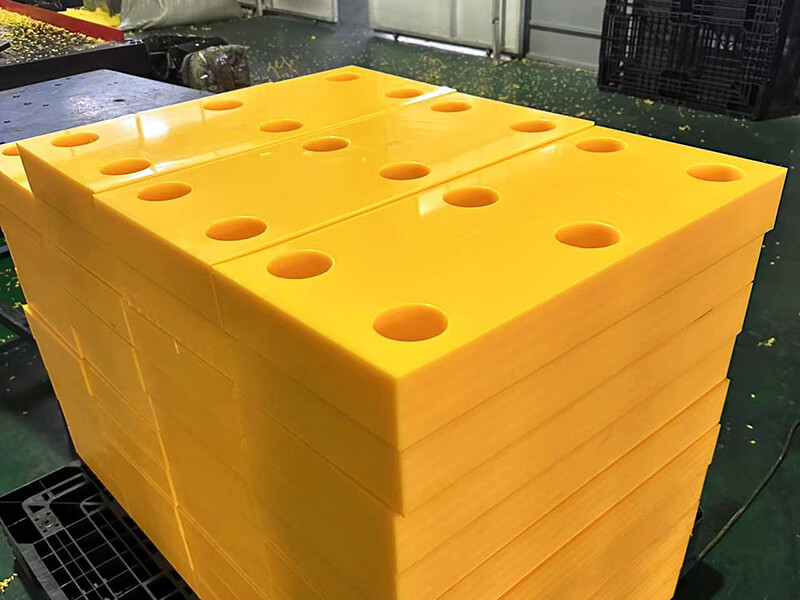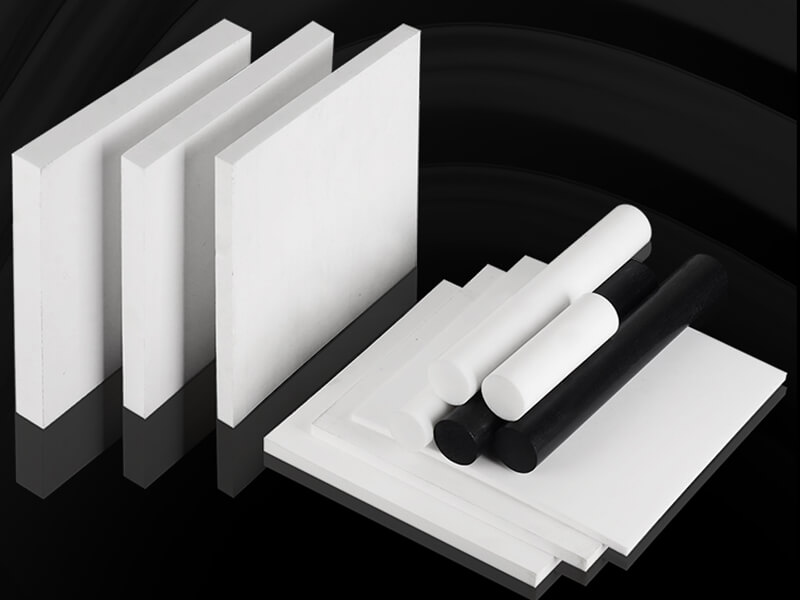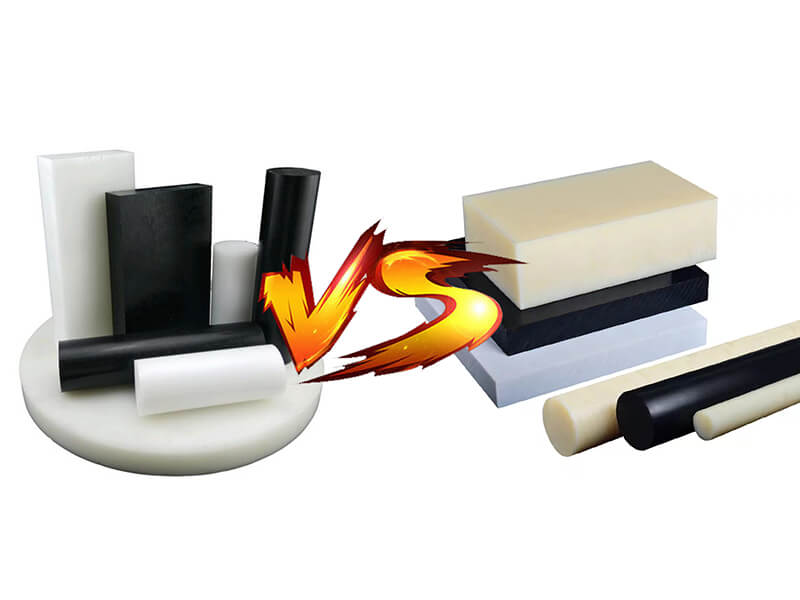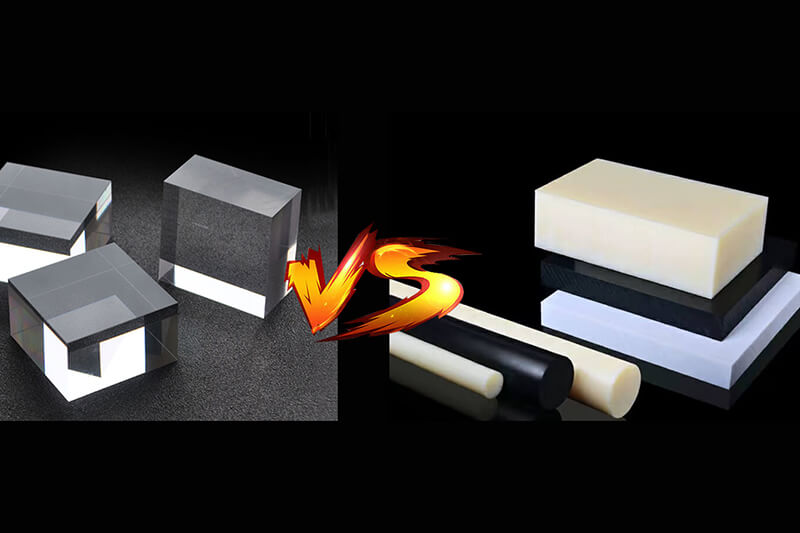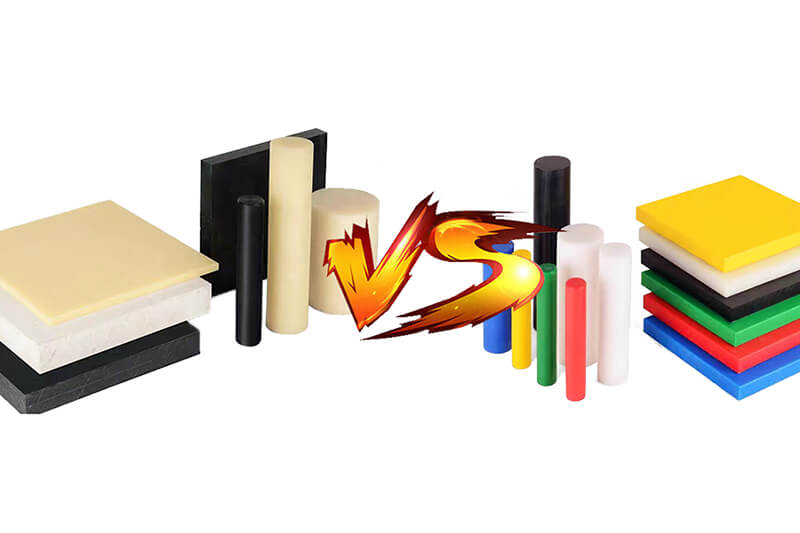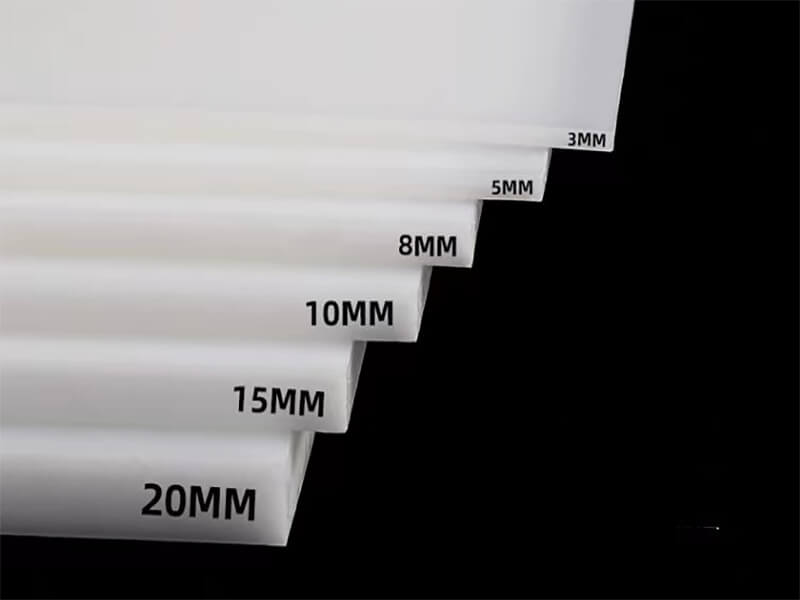Decoding Acetal and UHMW: Which Material Reigns Supreme?

Choosing the suitable material for your product can distinguish between good and great. There’s often confusion about choosing between UHMW and Acetal when it comes to high-performance polymer resins. Both are strong and work well in wearable applications, but their differences matter when you consider your application.
In this article, we will describe the differences between these two plastics, UHMW and Acetal, So read on:
Acetal plastic: Everything you need to know:
Polyoxymethylene (POM), also known as Acetal, polyacetal, and polyformaldehyde, is an industrial thermoplastic used to make precise parts that need to be stiff, have low friction, and keep their shape well.
Copolymer and homopolymer resins are used to make acetal shapes. These resins have a lot of flexibility and are very strong, stiff, and durable. Acetal is known for its low coefficient of friction and its ability to work well in bearings. Acetal is a thermoplastic, as was already said.
Common Characteristics of Acetal Plastic
Common Applications of Acetal Plastic:
Advantages of Using Acetal Plastic
Acetal is a thermoplastic that is used in engineering. It has an excellent mix of strength, performance, and workability. Here is a short list of some of the advantages about acetal plastics
Disadvantages of Using Acetal Plastic:
Acetal plastics have some good traits, but they also have some bad ones. Here is a short list of all the things that are bad about acetal plastics:
About UHMW Plastic: Everything You Need to Know:
UHMW, or ultra-high molecular weight polyethylene, is a type of plastic that is very tough and resistant to wear and tear. Polyethylene is a famous industrial plastic. It can be used for a wide range of tasks requiring toughness, low friction, and chemical resistance.
UHMW is a cheap plastic used for everything from hip implants to armor on military vehicles. is a high-performance polymer with unusual surface and chemical qualities. The material is highly resistant to most poisons, microorganisms, and UV light.
Common Characteristics of UHMW Plastic
Here are some common characteristics of UHMW plastic:
Typical Applications of UHMW Plastic:
UHMW is a great choice for many industrial uses. It reduces noise and shaking, is resistant to chemicals, and is non-toxic. It also has great mechanical qualities even when the temperature is very low.
Advantages of Using UHMW Plastic:
Disadvantages of using UHMW Plastic:
Comparison Between Product Acetal Plastic Vs. UHMW Plastic
| Type | Acetal plastic | UHMW Plastic |
|---|---|---|
| Short description | UHMW is used for belt scrapers, chain guides, idler wheels, and sprockets, packaging machinery components, and gears. | UHMW, or ultra-high molecular weight polyethylene, is a type of plastic that is very tough and resistant to wear and tear. |
| What ingredients used to make this? | Acetal plastic is made of copolymer and homopolymer resins. | UHMW Plastic is made of a thermoplastic with long bands that is semi-crystalline and doesn’t melt. |
| Applications | UHMW Plastic is made of a thermoplastic with long bands that are semi-crystalline and don’t melt. | Acetal plastic is used for mechanical gears. Electrical components, automotive products, and sports equipment. |
| Characteristics | A small amount of friction, good wear, high strength, stiffness, and dimensional stability. Deficient moisture and abrasion resistance. A wide range of chemical resistance | UHMW is hard, smooth, and long-lasting, and it has a high tensile strength. UHMW is also very resistant to chemicals that eat away at it, wear, abrasion, contact, water, and cold temperatures. |
| Others Characteristics | Acetal plastic is better at resisting chemicals, wear, tensile strength, size stability, and being able to be machined. | UHMW is stronger, lasts longer, and wears better than other plastics. And it works better than other materials in tough settings. It won’t break even if it gets hit a lot. |
| Others Benefits | It’s also not very heavy, and it doesn’t stick to things very much. | It can work at many different temperatures. Most poisons don’t hurt it. |
Final words
Acetal and UHMW Plastic are both popular engineering plastics for industrial parts, but they offer different physical properties, making them suitable for various applications. If you don’t know how to choose, contact UVTECO for help. UVTECO is a leading supplier of Acetal plastic, UHMW Plastic, and machining services in China.
Related Blogs

Looking for a trustworthy Supplier
Need a Trustworthy Supplier of Plastic, Foam, Sponge, Rubber, Metal, and Machining Solution. Click the Button, We Will Be In Touch With You As Quickly As Possible.
